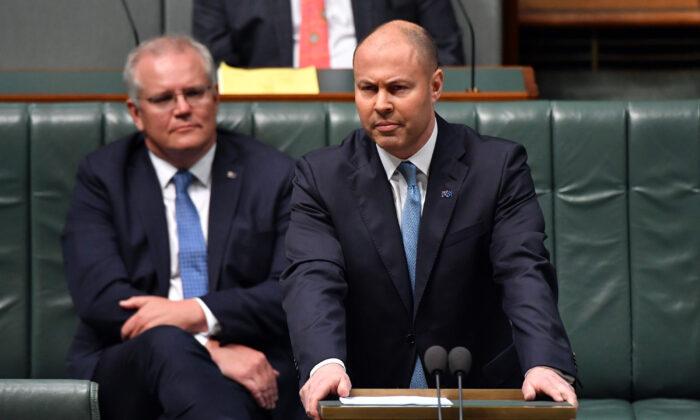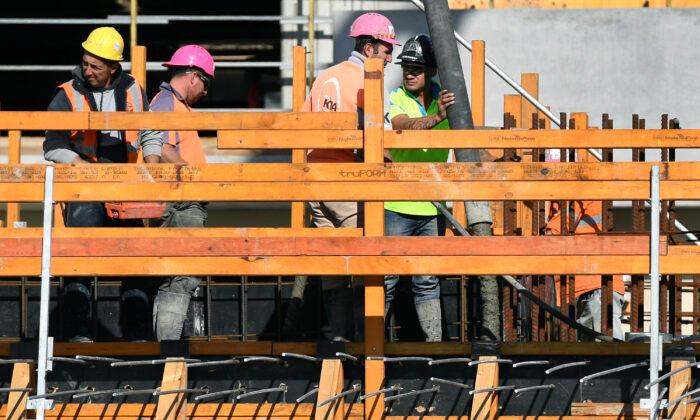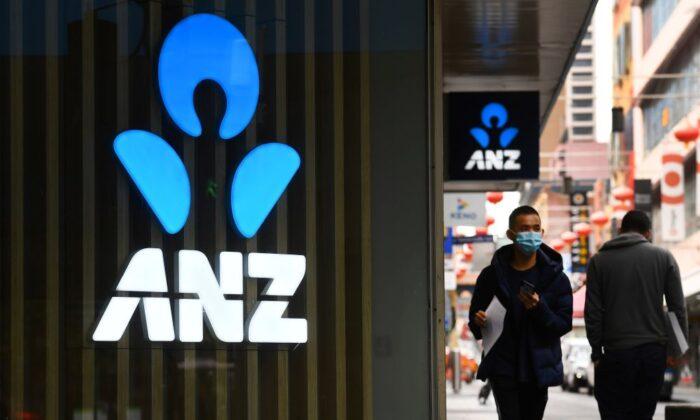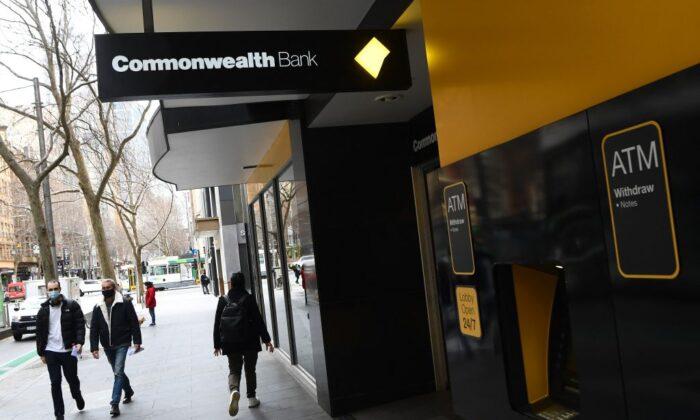Australian federal government will continue with its big deficit spending to keep up the economic momentum despite a better-than-expected performance in jobs growth and economic activity.
The economy is expected to grow by 0.75 percent in 2020/21, a big turnaround from the 1.5 percent decline predicted. The improvement is primarily due to stronger consumer spending and housing investment than anticipated.
The unemployment rate is now on track to drop to 6.5 percent in the June quarter 2022 and to 5.75 percent for the 2022/23 financial year, one year earlier than the Budget forecast.
The peak figure has also been adjusted down from 8 percent to 7.5 percent in the March quarter of 2020/21 financial year.
“Today’s budget update confirms that the Australian economy is rebounding strongly,” Frydenberg told reporters in Canberra on Dec 17.
The deficit forecast for the 2020/21 financial year is also down to $197.7 from the $213.7 billion predicted ten weeks ago.
The major contributor is an $11.2 billion saving after fewer people needed the JobKeeper subsidy than first anticipated. Soaring iron ore price has also led to a higher tax revenue expectation.
While hailing Australia’s economic and health outcomes as outperforming almost every other developed nation, Frydenberg highlighted there were still significant challenges ahead facing the recovery.
$6.3 Billion Additional Support Measures
The Mid-Year Economic and Fiscal Outlook (MYEFO) released on Dec. 17 announced an additional $6.3 billion injection into the economy through additional fiscal support.Including a $3.2 billion extension of the JobSeeker supplement till March, $1.6 billion for vaccines access and rollout, and $1 billion for aged care and $241 million to extend the HomeBuilder program, the monetary injection is expected to shore up the economy until the private sector can do the heavy lifting.
Business Council of Australia chief executive Jennifer Westacott acknowledged that the government had softened the blow from the pandemic, but called for the shift of focus to allow the private sector to take over the heavy lifting.
“To do this we have to drive new investment across the country with the right tax incentives, stop the antiquated industrial relations system working against job creation, wind back unnecessary red tape, get big infrastructure projects happening quickly and fix the skills system,” she said.





Friends Read Free